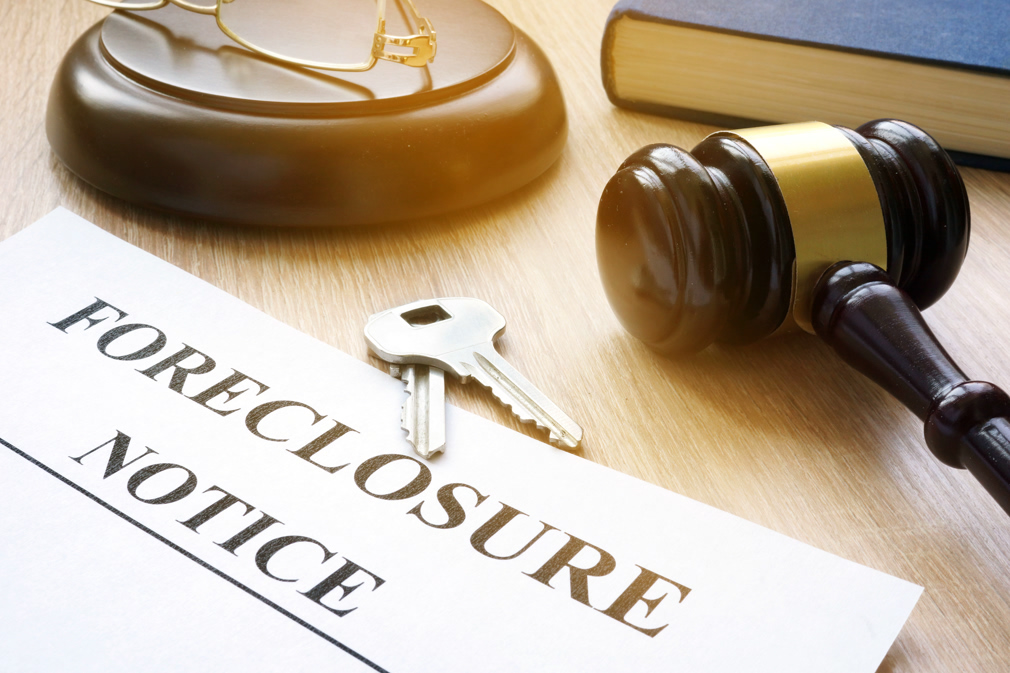As COVID-19 swept across the U.S., shutting down businesses and forcing many into unemployment, fear of a foreclosure wave has been rising.
As borrowers came close to defaulting on their loans, rules were set in place that forced servicers to offer forbearance options for all borrowers, even without them having to show evidence of need. And what’s more, Fannie Mae and Freddie Mac each issued a statement Monday, reiterating that borrowers are not required to repay their missed payments all at once when their forbearance period ends.
But as the forbearance periods draw closer to ending in 2021, that has many servicers wondering what to expect from the defaulting borrowers. Is a foreclosure tsunami at hand? One expert argues that it’s not.
CJ Patrick Founder Rick Sharga explains in an upcoming HousingWire Magazine article this economic downturn looks significantly different than what one would expect to see if a foreclosure crisis were looming.
Historically, there’s been a reliable pattern that starts with an economic downturn, followed by rising unemployment, delinquent mortgage payments, defaulted loans and, finally, foreclosures. But COVID-19 disrupted that pattern, stopping a strong economy in its tracks. Unemployment rates went from 50-year lows to record highs virtually overnight, not because of weakness in the economy, but because the government essentially shut the economy down in an effort to limit the spread of the coronavirus.
The unusual nature of this pandemic-induced unemployment is one of the reasons that the normal pattern may not apply this time. Why? Unemployment hit certain industries much harder than others – travel and tourism, hospitality, retail, restaurants and personal services. These are all industries made up of relatively low-earning, hourly wage employees who tend to be renters, not homeowners. According to the U.S. Census Bureau, the homeownership rate for households making less than the median income is about 50%; for households making more than the median income, the homeownership rate is about 80%. Homeownership rates are also lower for young adults, and adults without a college education, both fairly typical traits of employees within the most impacted industries.
In the article, Sharga also talks about why forbearance does not equal foreclosure, why recent and distant history favor a recovery and what could go wrong from here. The full article will be released in the August issue of HW Magazine. Sign up here to get your copy.






